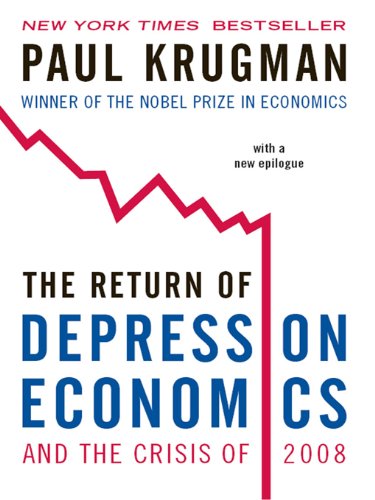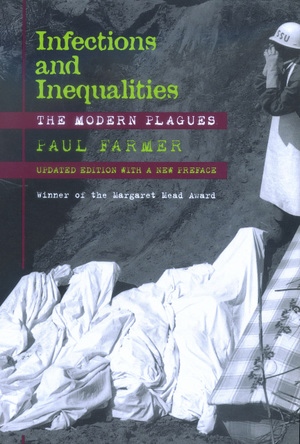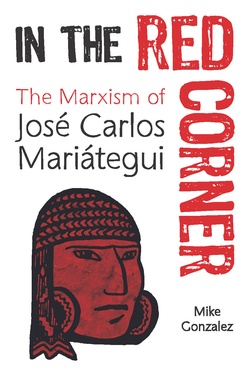Plagues and Peoples, William H. McNeill, Anchor Books Doubleday, 1977, pp. 365, ISBN 0-385-12122-9
Professor William McNeill’s career spanned the latter half of the 20th century and was devoted to macrohistorical explanations of change. He is most widely known for his work The Rise of the West in which he details various civilizational encounters in history and concludes that it was “the West” alone that drove “progress.” The book suffers from broad generalizations, assumptions and too facile an argument that boils down to a tautology – the West was great because the West is great.
While The Rise of the West focuses on unexplained sociocultural categories, Plagues and Peoples takes a markedly different approach in that it takes into account the physical environment. In it, McNeill likewise attempts to sketch out a history of the world, though this time as a consequence of human and microbiological interaction. As he states, the “book aims to bring the history of infectious disease into the realm of historical explanation by showing how varying patterns of disease circulation have affected human affairs in ancient as well as in modern times.” Starting from the premise that a given socioeconomic and cultural system, or a historical epoch, is the result of a delicate ecological balance, Professor McNeill shows each disruption of it gives rise to new forms of social organization.
Central to the book is the idea of a host and a parasite. Interestingly, for Professor McNeill the difference between bacteria and humans is that of scale since the behaviour is largely similar. If the bacteria lives a parasitic life by attaching itself to a host, the human can live a parasitic life as well, only by attacking other life forms. This macroparasitism can take the form of military adventures, monarchical rule or rural dependency on urban constellations. Although the bulk of the book is devoted to the effects of microparasites on social forms.
In roughly 350 pages, Professor McNeill condenses history from 500 B.C to present, which largely determines the pace of the book and requires the author to paint with rather large brush strokes. Each new development of social organizations, such as change of habitat upset previous ecological balances by establishing new ecological niches, which in turn exposed humans to new diseases. Once the infection occurred, it proceeded until a new temporal balance was established. For example, hunter-gatherer societies tended to constantly change their habitat thereby avoiding epidemics. Once agriculture developed, new diseases emerged and developed to epidemic proportions, eliminating those susceptible and building immunity in others, which in turn decreased their virulence and allowed for the balance to be re-established.
However, each geographical location had its specific micro and macro parasitic balance, which was the product of its specific environment and forms of social organization. Therefore, in the epoch of imperial exploration, which saw societies traverse their geographical boundaries, new diseases were introduced into societies that had no immunity to them. Hence situations such as the Columbian exchange, which devastated the indigenous population of the Americas. Or the expansion of the Mogul Empire which facilitated the spread of the bubonic plague. Therefore, the way diseases influenced societies and the way societies, in turn, dealt with those diseases influenced the development of particular localities.
As Professor McNeill notes, his conclusions of developments up until the 18th century largely rely on the sparse historical record, leaving his analysis prone to overdetermination, sometimes bordering on the bizarre. While McNeill notes that there exists a connection between disease emergence and social organization, he fails to note what exactly that connection is. This gives disease emergence an autonomous, consequential and largely accidental character that is akin more to a natural disaster than a sociological category. Moreover, the trouble with macrohistory is that the unit of analysis is often presented as a homogenous category which conceals differences within it, especially so with the rise of more complex social organizations, differentiated by class, sex, and origin. This leads to visibility only for a particular segment of the society, which is often not representative of the majority. Thus, could we say that infectious diseases impacted the King the same way they did a pauper? Likewise, McNeill fails to note how these particular social organizations that fostered poverty and filth were in themselves the precursors of great diseases, such as tuberculosis, for example.
Nonetheless, McNeill’s Plagues and Peoples does advance an important thesis; that of the interaction between the biological and the social. Infectious diseases have caused the rise and fall of societies, and have contributed to their inequalities and intense suffering. To better understand this, we must investigate their interaction, rather than accept that one inevitably determines the other.




